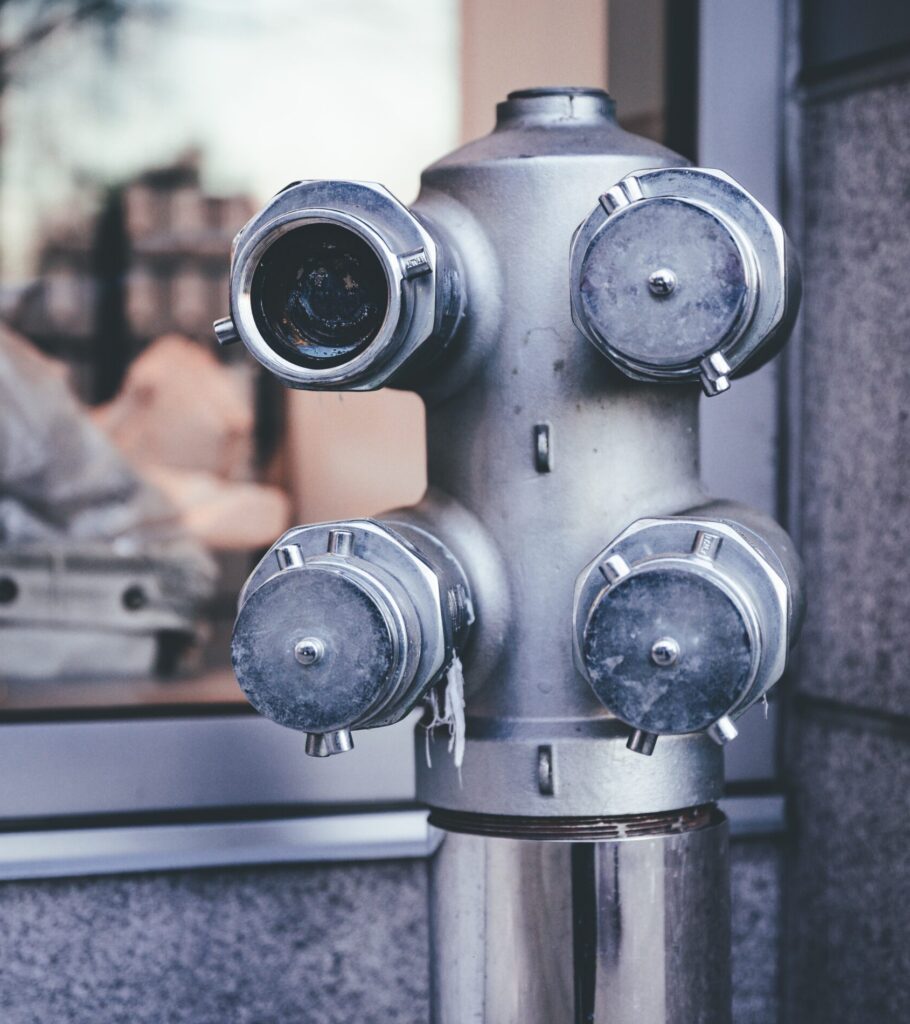
Yard hydrants, also known as frost-free hydrants, freeze-free hydrants, water hydrants, and outdoor hydrants, are plumbing pieces that allow you to flow water to an outdoor location.
One of the most significant benefits of a non-freeze water hydrant is the fact that they drain themselves when turned off, so the pipes don’t freeze during the cold, harsh winter months.
This drainage allows for year-round water service on private water supplies without the danger of damage to pipes or hydrants.
The caveat to this benefit is that proper installation and maintenance are absolutely essential in ensuring a non-freeze water hydrant that will last a lifetime.
This article will discuss all you need to know about non-freeze water hydrants, how these hydrants are able to benefit you and your business, and how you can make the most of your freezeless yard hydrant for years to come.
What Comprises a Non-Freeze Water Hydrant?
Even though different manufacturers produce non-freeze water hydrants in all shapes and sizes, all non-freeze yard hydrants have the same basic purpose, and they all contain 3 main parts:
1. Hydrant Head
The top casted piece of a yard hydrant which has a handle that, when turned on, will lift either the operating rod allowing water to flow through the valve, up the vertical pipe, and out the hydrant head.
2. Vertical Pipe
The vertical pipe comes up out of the ground, and the cast piece that makes up the “head” of the freezeless yard hydrant should stand empty when water is turned off. This standpipe is most often made of galvanized steel. While vertical pipes are made of brass or stainless steel, these cost significantly more and often don’t benefit unless you have corrosive water or soil.
3. Valve Assembly
There are two components to the valves for non-freeze water hydrants: O-rings and plunger seats. O-rings go around the plunger. By using a series of 2 or 3 O-rings, that when seated into place will shut off the water. The plunger seat is attached to a rod and will plug off the incoming water.
A non-freeze water hydrant is a relatively simple product, as described above. There is a handle on the head that controls operation.
You turn the handle counter clockwise to start the flow and turn the handle clockwise to stop the flow. Water drains from the drain/weep hole below the valve, below the frost line so no water will freeze when temperatures drop below freezing.
This draining of water below the frost line saves you the cost and time that it takes to repair damaged water lines and hydrants due to frozen conditions.
Where Are Non-Freeze Water Hydrants Commonly Used?
There are a multitude of use cases for a freezeless yard hydrant. Non-freeze water hydrants are a must-have in any location where temperatures drop below freezing at any point of the year. Some of the most common locales where you may notice freezeless yard hydrants include farms, rural residences, and campgrounds, and for good reason, as we’ll discuss below.
Freezeless Yard Hydrants on the Farm
One of the most popular uses for freezeless yard hydrants is on a farm where water is needed in many remote locations throughout the year for both watering crops and livestock, as well as making a multitude of other jobs easier year-round.
Installing a non-freeze water hydrant allows you to quickly get water to remote areas, no matter what the weather is like. This saves you time, energy, and your back, by mitigating the need to physically haul water from one barn to another in the dead of winter.
Having this freedom with when are where you can access fresh water can be an absolute game changer for farmers who require water to different areas of their property on a year-round basis. It also makes rotating crops and herds of animals to different locations easier, since there will be less need for planning for water ahead of time.
Non-Freeze Water Hydrants at Rural Residences
When living far out in the remote reaches of wilderness comes with its advantages and disadvantages. While the benefits of living an off grid or semi-off grid life are nearly endless, one of the disadvantages is figuring out how to get water easily across your large property.
Freezeless yard hydrants are perfect for large residences, even if they do not have a farm, so you can get water to other buildings or large areas of land where water may be beneficial without over exertion, saving you money on labor and maintenance costs.
Freezeless Yard Hydrants at Campgrounds
Campgrounds are a fantastic place to use a non-freeze water hydrant. Due to the amount of water needed in so many different locations, these hydrants are often installed all around the campground, giving visitors easy access to water, and increases the serviceable area that you can offer to guests. This saves large campgrounds from forcing visitors to hike long distances to get water from a centralized water source.
Freezeless yard hydrants are also critically beneficial for other large-scale operations such as golf courses, parks, mountain resorts, and other outdoor areas that people frequent year-long, and where water will need to be supplied across large swaths of land during periods of cold weather. Non-freeze water hydrants allow all of these locations keep water flowing year-round, without the risk of bursting pipes and the cost of repairs.
How Long do Freezeless Yard Hydrants Last?
The lifespan of a non-freeze water hydrant will depend on the make and model. However, most hydrant systems are designed to last for around 25 years with regular maintenance.
It is important to keep in mind that regular maintenance and inspections should be conducted to ensure that the system is in proper working order. If a hydrant does need to be replaced, the cost can vary depending on the type of hydrant and the municipality in which it is located.
One important factor that can affect the lifespan of a non-freeze water hydrant is how often it is used. If the hydrant is heavily used, it may need to be replaced more often than one that is used less frequently. Additionally, hydrant systems that are not properly maintained may not last if those that are regularly serviced.
Ensuring proper maintenance, and having it operated properly, is key to the longevity of your freezeless yard hydrant.
What Type of Maintenance is Required for Freezeless Yard Hydrants
Non-freeze water hydrants require minimal annual maintenance. This maintenance typically includes changing O-rings and plunger seats to keep the yard hydrant from leaking.
If these are being maintained regularly, your freezeless yard hydrants can last decades without any other issues.
If you try to open or close the valve and it will not move, do not force it. This could be an indication that it has not drained properly and may be frozen due to worn out O-rings or seats.
Always be sure to remove all hoses and attachments from the hydrants after each use in the winter. The reason for this is that these hoses and attachments can create a vacuum, stopping the hydrant from draining properly.
Places Where Freezeless Yard Hydrants May Not be a Good Fit
Hydrants are a great option for having water available outdoors year-round, but there are some places where they will not work as effectively. This is often due to specific spots on a site, rather than the entire site. If you are unsure whether a yard hydrant will be suitable for your property, we recommend contacting us so one of our expert staff can help you determine its viability for your property.
One of the main factors that can determine if a non-freeze yard hydrant will be feasible is the seasonal water table in your area. If the water table gets higher than the depth of your water lines, the hydrant may freeze. The most common places with high water tables are properties located near bodies of water – like lakes or oceans.
The reason these areas are undesirable for a freezelss yard hydrant is because if you are located near a body of water, the water table can get as high as the lake level, making it difficult for the hydrant to drain properly, and ultimately, freezing because of the lack of drainage.
What Types of Non-Freeze Yard Hydrants Are There?
There are a few different types of non-freeze yard hydrant systems.
The most common type is the above ground type. This type of system consists of a watermain that is connected to the house, and a spigot that sticks out of the ground. The spigot is what you use to attach your garden hose to water your plants.
Another type of non-freeze yard hydrant is the below ground type. This type of system has a watermain that is buried below the ground. The spigot is also buried below the ground, and it sticks up out of the ground just like the above ground type. However, the below ground type has a cover that you can close to keep out snow and ice.
The third type of non-freeze yard hydrant is called a submersible system. This type of system is installed in the ground, and the spigot is submerged in the water. This type of system is ideal for people who have a well because it prevents contamination from happening at the well head.
Non-Freeze Water Hydrants – Saving You Time, Energy, and Money
Non-freeze water hydrant, also known as a freezeless yard hydrant, is an important piece of equipment for your home and garden.
A non-freeze water hydrant can help you save time and money by providing easy access to water year-round. In this blog post we will cover the importance of having a freeze proof yard hydrant, how they work and how to get the most from your non-freeze yard hydrant.
It is evident that having a non-freeze water hydrant can be extremely beneficial in the winter months. In addition to preventing your water pipes from freezing and bursting, freezeless yard hydrants also offer other benefits such as easier access to water for fighting fires and better irrigation.
If you need a new yard hydrant or are considering replacing an old one, be sure to choose a freeze-less model. With just a little bit of preparation, you can ensure that your non-freeze water hydrant works well all winter long. We hope you find this information helpful! Be sure to check out our website for more tips on keeping your home and garden safe during the winter months.

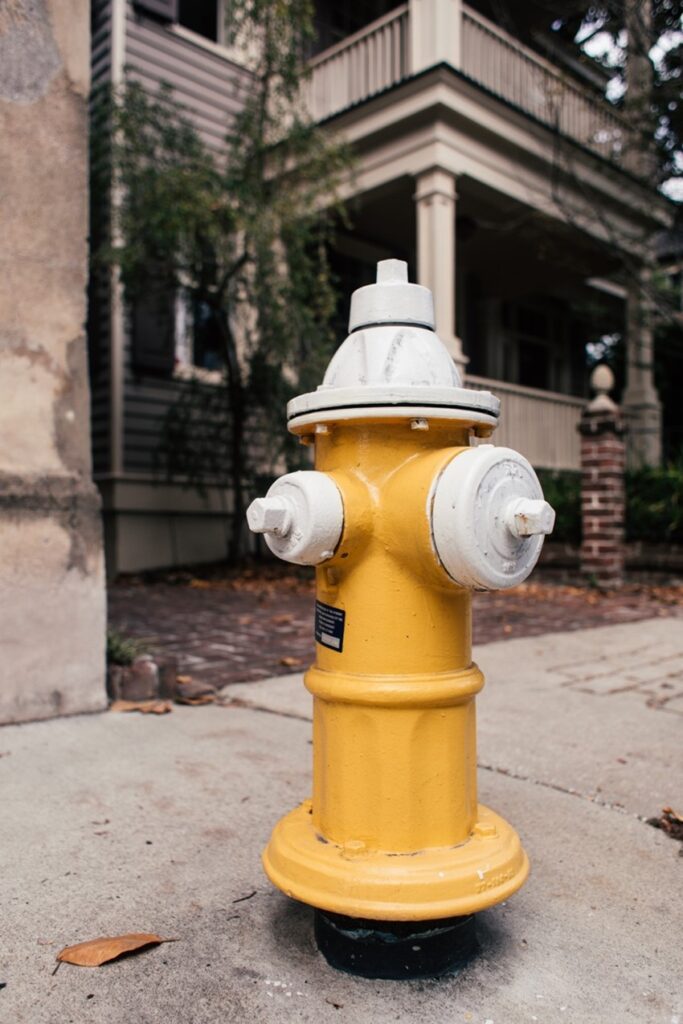
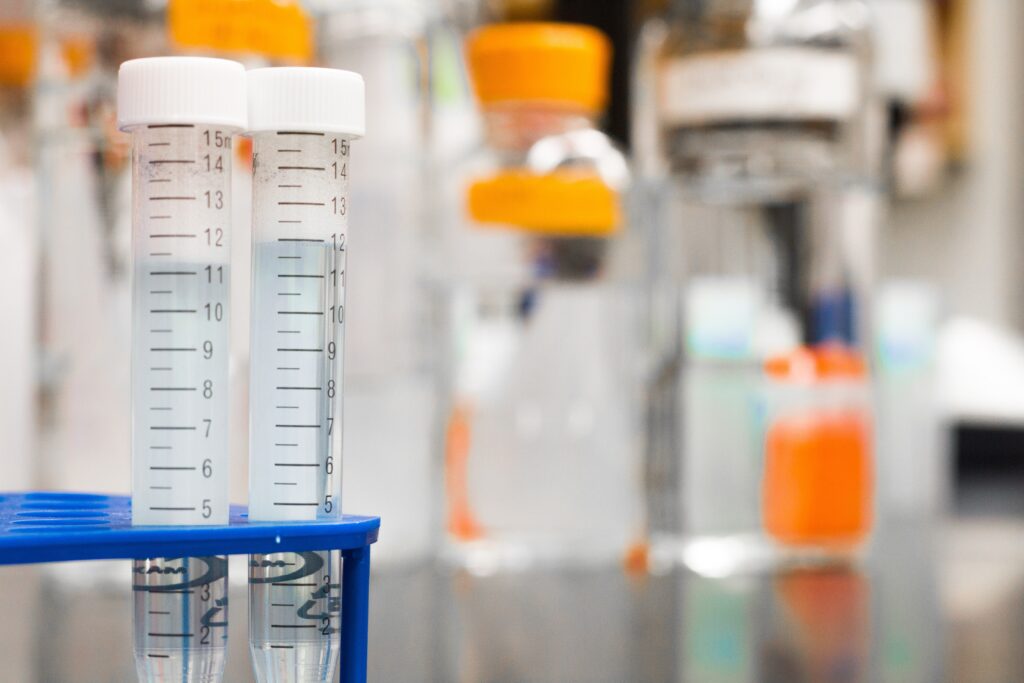 Having the correct tools for the task at hand is an integral part in getting the job done, no matter what it is. Water quality monitoring is no different. Utilities need the right equipment to know what’s going on in their water system. Here, we’re going to go through some of the options utilities have when it comes to evaluating water quality monitoring indicators. The very best options are the ones that will fill all of your specific needs, so we’ve got a few different characteristics to go through so that you can find the exact right fit for your water system.
Having the correct tools for the task at hand is an integral part in getting the job done, no matter what it is. Water quality monitoring is no different. Utilities need the right equipment to know what’s going on in their water system. Here, we’re going to go through some of the options utilities have when it comes to evaluating water quality monitoring indicators. The very best options are the ones that will fill all of your specific needs, so we’ve got a few different characteristics to go through so that you can find the exact right fit for your water system.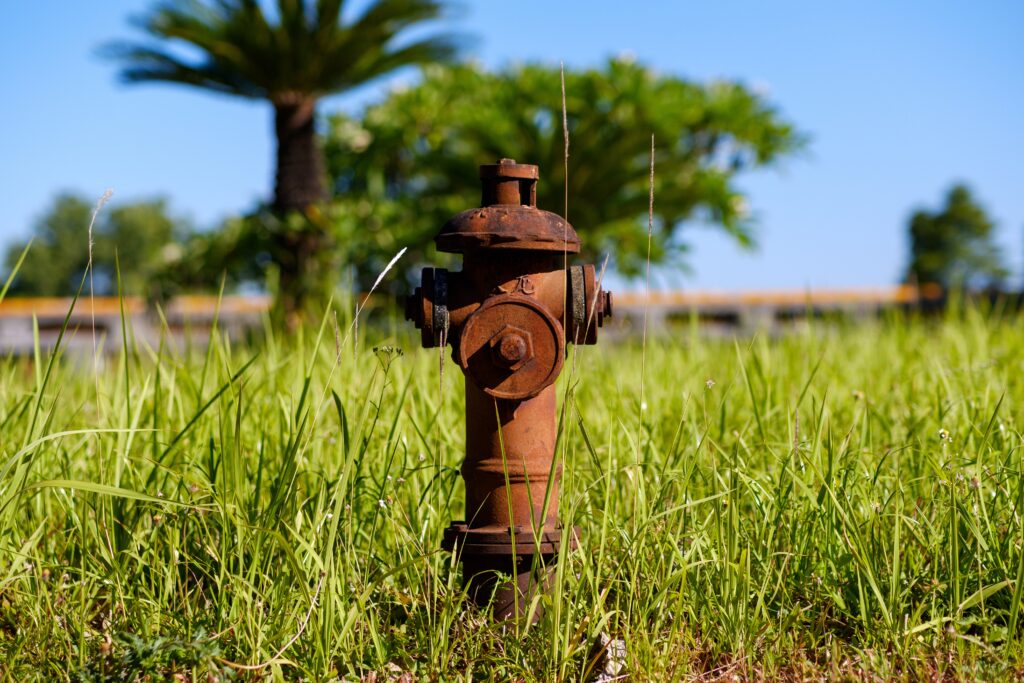 Before right now, you might have never even heard of yard hydrants. They’re not super high on the radar for most people. However, for a specific set of circumstances, they’re a perfect solution.
Before right now, you might have never even heard of yard hydrants. They’re not super high on the radar for most people. However, for a specific set of circumstances, they’re a perfect solution.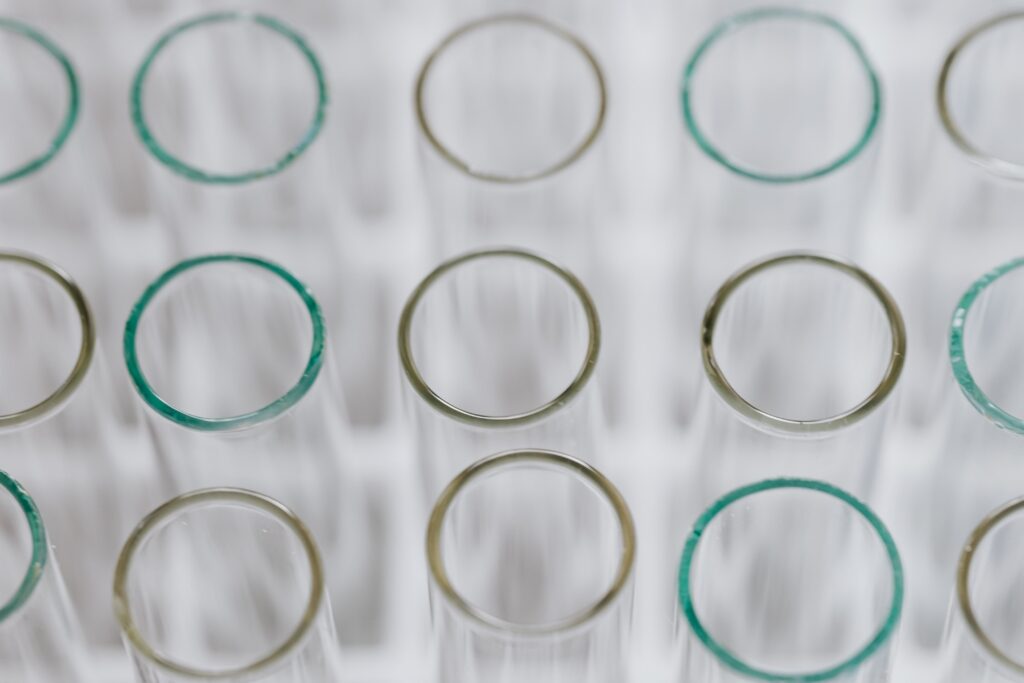 No one wants to mess around when it comes to the quality of water in their community. Water quality management is one of the main public health concerns in any city, town, or county, and it’s absolutely imperative that waterworks professionals take it seriously. Regularly taking samples from the water main and testing them is a key way to judge the quality of the water. It’s possible to collect a sample from several different types of sources, but the one we’re going to focus on here is sampling stations.
No one wants to mess around when it comes to the quality of water in their community. Water quality management is one of the main public health concerns in any city, town, or county, and it’s absolutely imperative that waterworks professionals take it seriously. Regularly taking samples from the water main and testing them is a key way to judge the quality of the water. It’s possible to collect a sample from several different types of sources, but the one we’re going to focus on here is sampling stations.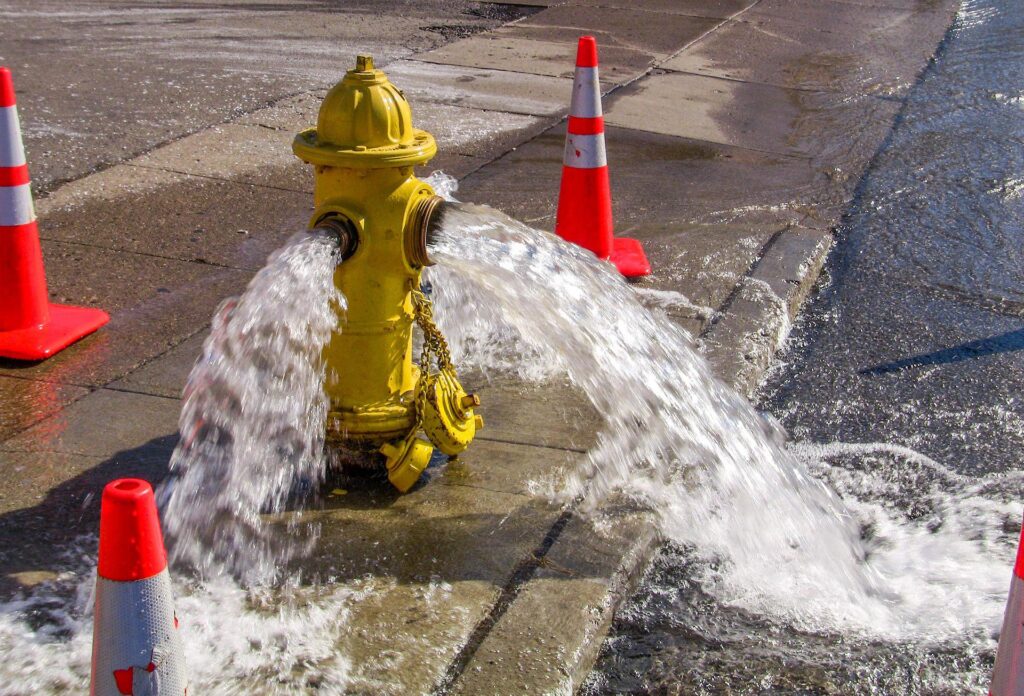 Technology these days is going at lightspeed, and it’s not showing any signs of slowing down any time soon. All the different capabilities of the new gadgets constantly hitting the market keep ballooning to higher and higher levels. There are very few industries that remain unaffected, and the waterworks industry is definitely not one of them. Introducing intelligent monitoring and flushing technology to your water system could be just what you need to bring a distribution system into the 21st century.
Technology these days is going at lightspeed, and it’s not showing any signs of slowing down any time soon. All the different capabilities of the new gadgets constantly hitting the market keep ballooning to higher and higher levels. There are very few industries that remain unaffected, and the waterworks industry is definitely not one of them. Introducing intelligent monitoring and flushing technology to your water system could be just what you need to bring a distribution system into the 21st century. When you turn on the tap to fill up a nice, cool, refreshing glass of water, you expect a clean stream to land in your glass, right? Ensuring the quality of our water is a top public health concern for any community. According to the
When you turn on the tap to fill up a nice, cool, refreshing glass of water, you expect a clean stream to land in your glass, right? Ensuring the quality of our water is a top public health concern for any community. According to the